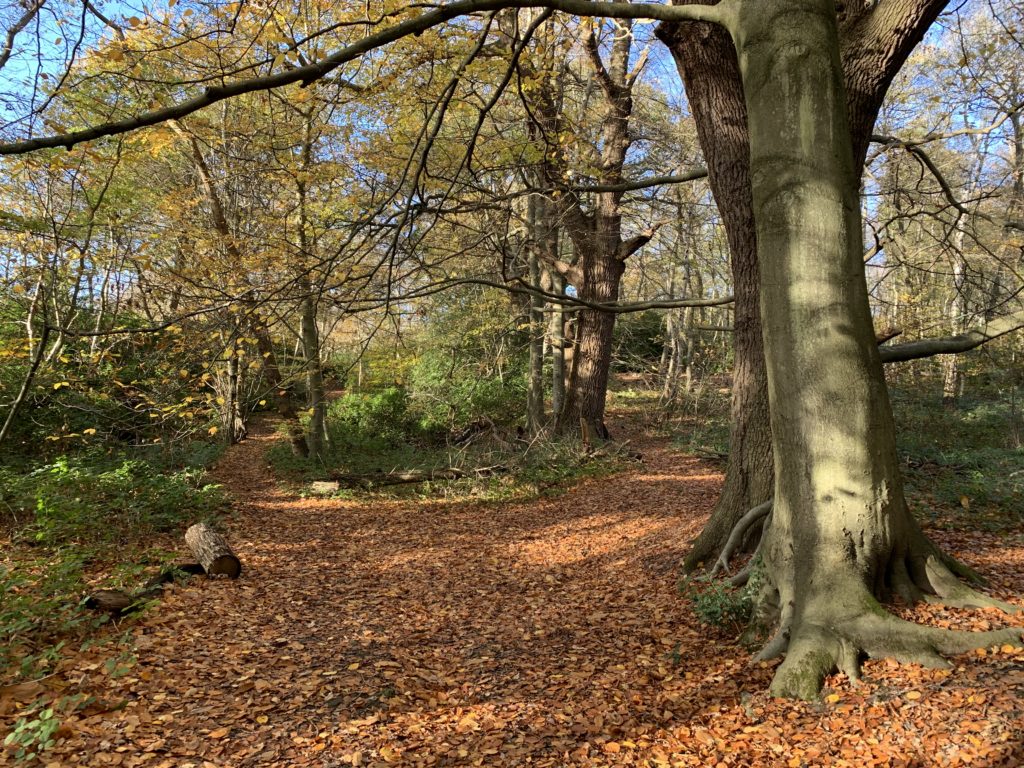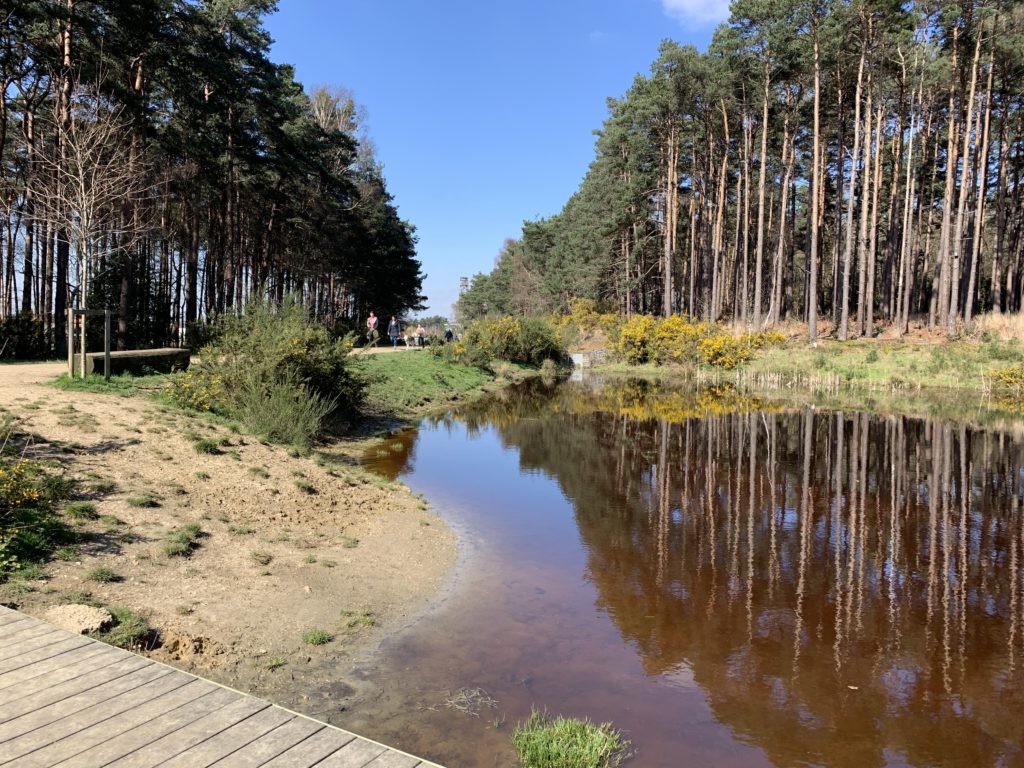Fancy a walk?
What drives our local councils to do such a brilliant job of providing all the walks in our ‘Greenspace on your doorstep’ directory?
The answer, in part at least, is that they have to. In 2005, when the heathlands of the Thames Basin area of Surrey, Hampshire and Berkshire became the Thames Basin Heaths Special Protection Area, the local councils got together with Natural England to work out a strategy to protect them.
A big part of the strategy is to provide places for us to go, away from the heaths. Places for nature to thrive, people to enjoy and where dogs can be exercised safely without disturbing rare wildlife. In the jargon these places are called SANGs – Suitable Alternative Natural Greenspace. The theory being that as more houses are built, more people move into the area and more people visit the heaths. More people mean the rare birds nesting on the heaths are more easily disturbed, so the SANGs are designed to alleviate this. This was originally driven by legislation to protect wild birds across Europe, and in the case of our local heaths, three heathland species that nest right on the ground. Nightjar, Dartford Warbler and Woodlark breed on the heaths and they, and their heathland habitat, now benefit from this innovative strategy.

Woodland walk at Ether Hill & Queenswood SANG in Runnymede Borough
It often works like this… A developer wants to build on a piece of land that’s within the 5km buffer zone around the heaths. The local council’s planning department reviews the application and decide if it’s appropriate, and Natural England look at the proposed SANG. If it’s a very small development, the council might agree to use one of their own local SANGs (called a strategic SANG), or if it’s a larger site, the developer has to provide a bespoke SANG, ideally integrated into the development. Natural England will look at their SANG proposal and decide if it’s adequate, and often they’ll stipulate certain conditions that must be met, such as a minimum size, minimum length circular walk or car parking provision. They’ll also look at whether it’ll provide a pleasant natural environment for people and opportunities to improve biodiversity.
If the development is approved, the developer has to pay a one-off levy, or tariff, per new household. The money is collected by Hampshire County Council and used to fund mitigation measures, including SANG provision, across the Thames Basin area.
Once the developer has finished the SANG, it’s open to the public and everyone’s happy with it, it’s usually handed over to the relevant local council. The council will get a small amount of money from the fund to manage it.
And of course, it’ll find its way into our ‘Greenspace on your doorstep’ directory. 80 walks have already been listed, and there’re more in the pipeline.

Dog-friendly pond at Buckler’s Forest SANG in Bracknell Forest
I hope this is a useful insight into the workings of the planning system and how nature conservation is funded locally. For up to date news of all the walks in our ‘Greenspace on your doorstep’ directory, follow hashtag #GreenspaceOnYourDoorstep on Facebook, Twitter and Instagram, or even better, join our Heathland Hounds group on Facebook.
Sarah
Thames Basin Heaths Partnership
#GreenspaceOnYourDoorstep
